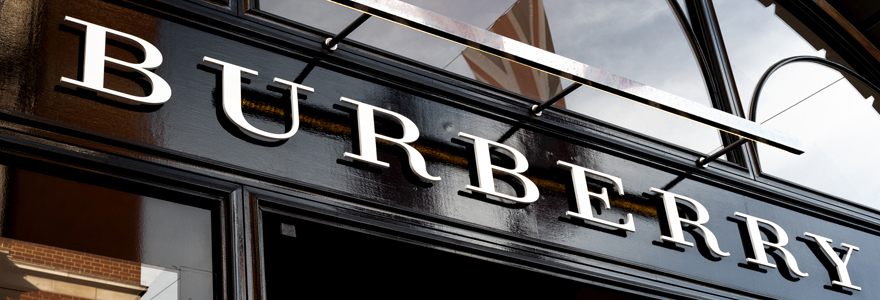
Burberry is one of the oldest and most popular fashion brands in the United Kingdom, and apparently, across the globe. Decade after decade, the brand’s reputation has continuously stood the test of time, even with the rapid evolution experienced in the fashion industry. Today, Burberry is an internationally recognised luxury house, distributing wears around the world. But how exactly has Burberry remained relevant for over a century? This article takes you through a journey of the brands history, with a highlight of how Burberry stands out as an iconic fashion brand today. You can also find more details on the famous brands history by browsing this website www.mensfashionmagazine.com.
The inception of Burberry
Burberry was established in 1856 as Burberry's by a 21-year old apprentice, Thomas Burberry. Thomas opened the first store in Basingstoke, England, with a focus on developing attires for the outdoors. In 1879, the brand introduced a new line of production, Gabardine, which took Burberry’s reputation to a whole new level. Gabardine became quite popular, following the breathable, water-resistant, and hardwearing attributes of the fabric. One of the brand’s Gabardine jacket was worn in 1924 by George Mallory in his expedition to Mount Everest.
Expansion of Burberry
After introducing and gaining the patent for Gabardine in 1888, Burberry was ready for expansion. In 1891, the company opened a new store in Haymarket, London. The brand is currently headquartered in London, England, with multiple stores in over 50 countries worldwide.
The Equestrian Knight Logo
In 1901, Burberry introduced the popular Equestrian Knight logo, which the company registered as a trademark in 1909. At around 1911, Burberry became the outfitters for the first person to reach the South Pole, Roald Amundsen. The logo included the Latin word ‘Prorsum,’ which means to move forward.
Introduction of the Burberry Trench Coat
During the First World War, Burberry introduced another popular attire known as the ‘trench coat’. The trench coat was designed to meet the needs of the British military soldiers who wore it in the trenches. The coat was popularly known as ‘Tiolocken,’ which protected the soldiers from head to toe while in the trenches. After the First World War, the Burberry trench coat became a popular outfit among civilians. The coat is distinguished by its belt, buckle fastening, a single button on the collar, and its single strap.
Burberry in the 21st Century
Towards the end of the 20th century, Burberry’s officially became Burberry. The brand’s chequered print was also adopted as Burberry’s symbol of classic elegance and appeal. In 2001, Christopher Bailey, a Yorkshire designer, joined Burberry as the company’s creative director. Changes in Burberry’s leadership do not stop there.
In 2006, Angela Ahrendts took over as the new CEO, following the retirement of the then CEO, Rose Marie Bravo. During this period, Angela and Bailey were highly involved in the removal of the check pattern from over 90% of the brand’s products. In 2009, the company’s headquarters was moved to Horseferry House, London. Five years later, Bailey was appointed as Burberry’s CEO. On his retirement 2017, Bailey is replaced by Marco Gobbetti as CEO. In 2018, Burberry introduced its new logo and monogram, inspired by Thomas Burberry and designed by Peter Saville. Today, Burberry is featured as one of the most recognised British fashion brands.